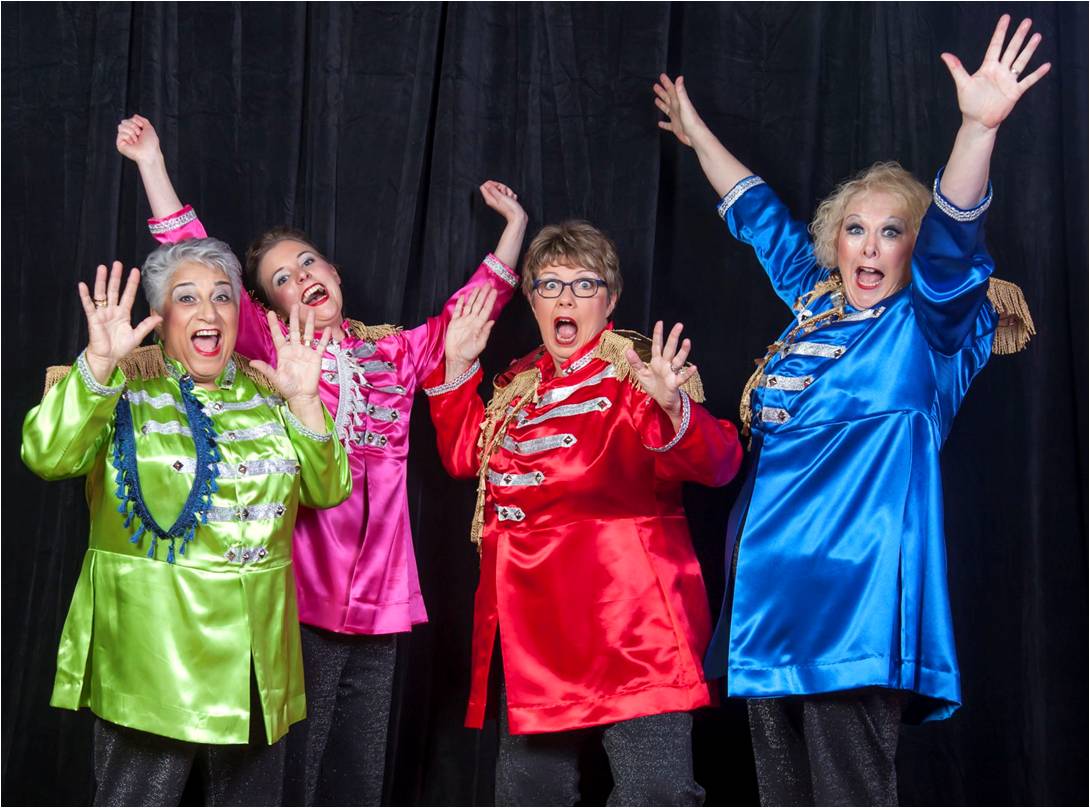Barbershop is the a cappella style of unaccompanied singing characterised by four-part harmony. The melody is consistently sung by the lead, with the tenor harmonising above the melody, the bass singing the lowest harmonizing notes, and the baritone completing the chord.
The songs are sung with great empathy and engagement. Four part a cappella harmony, barbershop style lends itself to songs from any era.
- modern ballads
- popular show tunes
- jazz
- popular tunes
- great classics
 Women's barbershop singing has four voice parts. The part names are borrowed from men's barbershop.
Women's barbershop singing has four voice parts. The part names are borrowed from men's barbershop.
- Tenor - Soprano range, harmonising above the melody with a light and pure tone.
- Lead - Alto range, singing the melody with warmth and personality.
- Baritone - Alto range, creating the distinctive barbershop sound by providing the note in the chord missing from the other parts, with a warm adaptive voice and a mind ready for challenge.
- Bass - Low contralto range, providing bass sound and rhythm with warmth and depth.
The technical stuff
The melody is sung by the lead (except for an infrequent note or two to avoid awkward voice leading, in tags and codas, or when some appropriate embellishing effect can be created). Occasional brief passages may be sung by fewer than four voice parts.
Barbershop music features songs with understandable lyrics and easily singable melodies whose tones clearly define a tonal center and imply major and minor chords and Barbershop (dominant and secondary dominant) seventh chords that resolve primarily around the circle of fifths, while making frequent use of other resolutions. Barbershop music also features a balanced and symmetrical form, and a standard meter.
The basic song and its harmonization are embellished by the arranger to provide support of the song's theme and to close the song effectively. Barbershop singers adjust pitches to achieve perfectly tuned chords in just intonation while remaining true to the established tonal center.
Artistic singing in the Barbershop style exhibits a fullness or expansion of sound, precise intonation, a high degree of vocal skill and a high level of unity and consistency within the ensemble. Ideally, these elements are natural, unmanufactured and free from apparent effort.
The presentation of Barbershop music uses appropriate musical and visual methods to convey the theme of the song and provide the audience with an emotionally satisfying and entertaining experience. The musical and visual delivery is from the heart, believable, and sensitive to the song and its arrangement throughout. The most stylistic presentation artistically melds together the musical and visual aspects to create and sustain the illusions suggested by the music.


